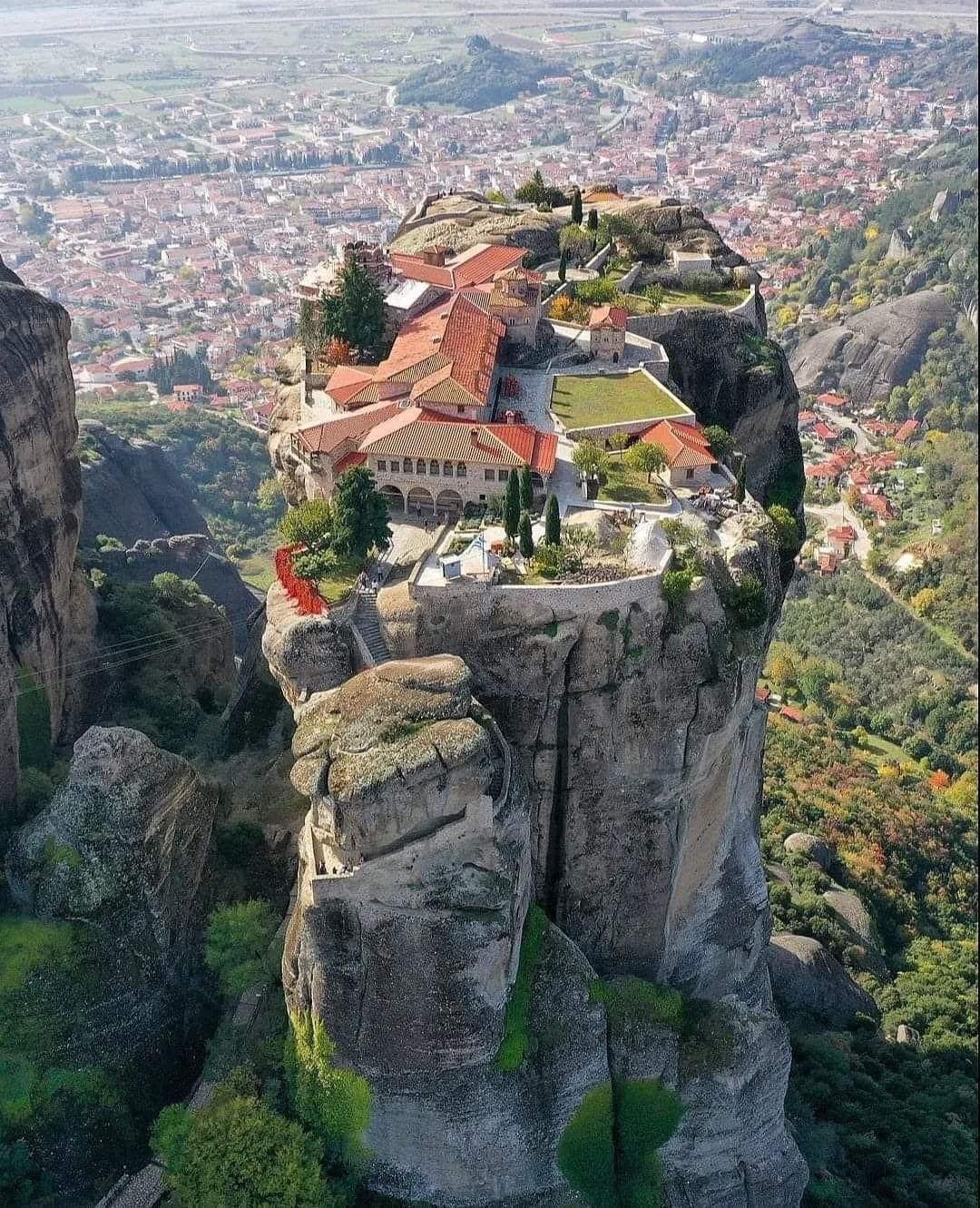Niagara Falls, one of the most iconic natural wonders in North America, straddles the border between the United States and Canada. The falls consist of three distinct cascades: the Horseshoe Falls, the American Falls, and the Bridal Veil Falls. Located near the cities of Niagara Falls, Ontario, and Niagara Falls, New York, they have captivated visitors for centuries with their sheer power and beauty.
Geography and Structure:
Niagara Falls is situated on the Niagara River, which flows from Lake Erie to Lake Ontario. The falls are divided into three main sections. The Horseshoe Falls, the largest and most powerful, is located on the Canadian side and has a crescent-shaped curve. It drops approximately 167 feet (51 meters) and is the most photographed segment of the falls. The American Falls, on the U.S. side, is a bit shorter but wider, with a height of about 107 feet (33 meters). Between the American Falls and the Horseshoe Falls is a small, rocky outcrop known as Goat Island. The Bridal Veil Falls, the smallest of the three, is located adjacent to the American Falls and is separated by Luna Island.
Formation and Geology:
The falls were formed around 12,000 years ago at the end of the last Ice Age. As glaciers receded, meltwater carved out the Niagara Gorge, and the falls began to take shape. The rock formations contributing to the falls are primarily sedimentary layers of limestone and dolostone, which have been eroded over time by the force of the cascading water. The rate of erosion is significant, with the falls receding about 3 to 4 feet (1 meter) per year due to the constant flow of water and the sediment carried with it.
Tourism and Attractions:
Niagara Falls is a major tourist destination, attracting millions of visitors each year. There are numerous ways to experience the falls, including boat tours that take visitors close to the base of the Horseshoe Falls. The Maid of the Mist is a famous boat tour that provides an exhilarating, up-close view of the falls, complete with ponchos to shield against the mist. On the Canadian side, the Journey Behind the Falls offers an opportunity to view the falls from observation decks and tunnels behind the cascading water.
The surrounding area features a variety of attractions, such as the Niagara SkyWheel, which provides panoramic views of the falls from a Ferris wheel. There are also numerous parks, including Queen Victoria Park on the Canadian side, which offers beautifully landscaped gardens and walking paths.
Economic and Environmental Impact:
The falls have long been a source of hydroelectric power, contributing significantly to the local economies. The Niagara Power Project harnesses the water’s energy to generate electricity for both the United States and Canada. This sustainable energy source underscores the falls’ importance beyond their aesthetic value.
Efforts to preserve and protect the natural beauty of Niagara Falls are ongoing. Environmental concerns include managing water levels to balance power generation with ecological impacts, as well as controlling pollution and managing the effects of tourism on the natural surroundings.
Cultural and Historical Significance:
Niagara Falls has held cultural and historical significance for centuries. It has been a site of various historical events, including daredevil stunts and romantic proposals. The falls have also been featured in numerous films and literature, symbolizing both awe and adventure.
In summary, Niagara Falls is a breathtaking natural wonder with significant geological, economic, and cultural importance. Its awe-inspiring power and beauty continue to draw visitors from around the world, making it a treasured landmark and a symbol of natural grandeur.

